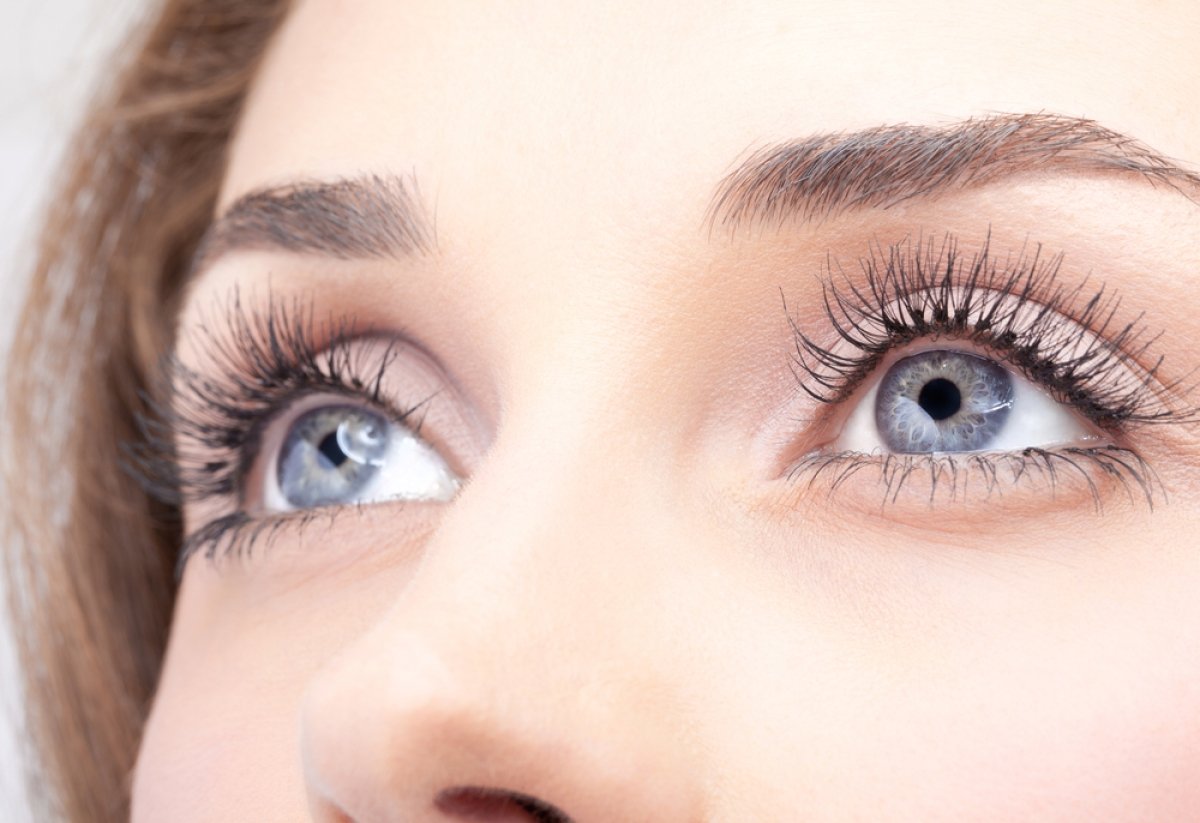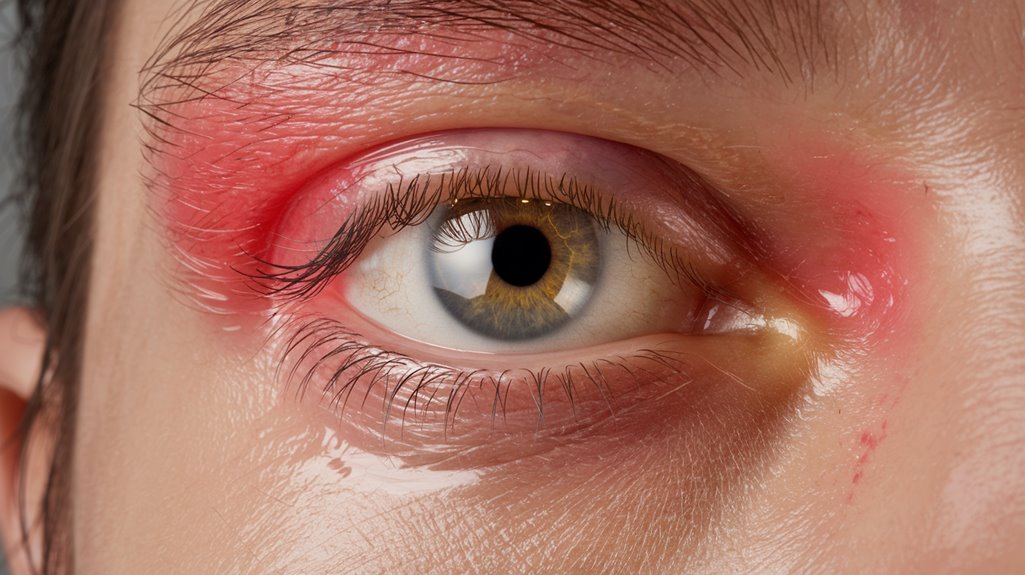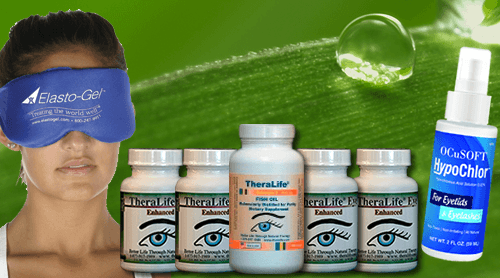Blepharitis, with its hallmark red and crusty eyelids, is often caused by a combination of factors including bacterial infections, skin conditions, allergens, and environmental pollutants. To address these underlying triggers effectively, Theralife.com offers a range of products that bring relief and support eye health. Their comprehensive approach includes natural treatment options that target inflammation and improve skin barrier function, which is often compromised by conditions like eczema or rosacea.
Additionally, Theralife emphasizes the importance of maintaining good eyelid hygiene and offers guidance on avoiding irritating cosmetics. Their products are designed to cater to the specific needs of individuals suffering from blepharitis, promoting healing and reducing discomfort without the use of harsh chemicals. By understanding and addressing the root causes of blepharitis, Theralife provides customers with a holistic path to healthier eyes and a better quality of life.
Key Takeaways
- Bacterial infections, particularly from Staphylococcus species, disrupt eyelid flora and trigger inflammation.
- Skin conditions like eczema and psoriasis weaken the skin barrier, exacerbating blepharitis symptoms.
- Allergens such as dust mites and pollen can worsen eyelid irritation and redness.
- Poor eye hygiene and makeup can increase debris and bacteria on eyelids, leading to inflammation.
- Environmental factors, including pollution and seasonal changes, contribute to eyelid irritation and dryness.
Understanding Blepharitis: A Closer Look at the Condition
Blepharitis, a common ocular condition, involves inflammation of the eyelid margins that can cause discomfort and visual disturbances.
Understanding this condition requires a grasp of eyelid anatomy and inflammation mechanisms. Your eyelids comprise several layers, including the skin, muscle, and the tarsal plate, which provides structural support.
The meibomian glands within these layers produce oils essential for tear film stability. Inflammation can result from dysfunction in these glands, leading to stasis and irritation.
The inflammatory response involves the release of cytokines and other mediators that exacerbate swelling and redness. This process affects the delicate balance of the eyelid's structure, impairing tear distribution and resulting in symptoms like itching and burning.
Recognizing these mechanisms is vital for effective management. One common cause of blepharitis is meibomian gland dysfunction, which can lead to blockage of the oil glands and exacerbate symptoms by impairing tear film stability.
Bacterial Infections: The Role of Microorganisms in Blepharitis
When exploring the causes of blepharitis, it's vital to examine the role of bacterial infections, as they greatly contribute to the condition.
Bacterial colonization on the eyelid margins, primarily by Staphylococcus species, can lead to inflammation and irritation. These microorganisms disrupt the normal eyelid flora, causing a microbial imbalance that exacerbates symptoms.
The bacteria produce toxins and enzymes that degrade the eyelid's protective barriers, resulting in redness and crusting. This imbalance often triggers an inflammatory response, further aggravating the condition.
Regular hygiene practices and targeted treatments can help manage bacterial colonization, restoring balance to the eyelid's microbial environment. Understanding the prevalence of Demodex mites in chronic cases is also important as they can contribute to the inflammation and irritation experienced in blepharitis.
Understanding this connection is fundamental for effective blepharitis management, as bacterial control can markedly alleviate symptoms and prevent recurrence.
Skin Conditions: How Dermatological Issues Contribute to Eyelid Inflammation
In addition to bacterial infections, skin conditions greatly impact eyelid inflammation associated with blepharitis. Conditions like eczema and psoriasis disrupt your skin barrier, making it less effective at protecting against irritants. This breakdown leads to an exaggerated inflammatory response, often causing redness and crustiness on your eyelids. Your skin's natural defenses become compromised, intensifying symptoms. The prevalence of blepharitis is high, affecting various demographics, and it can lead to significant quality of life impacts for those affected. Here's how various skin conditions contribute:
| Skin Condition | Effect on Skin Barrier | Resulting Inflammatory Response |
|---|---|---|
| Eczema | Weakens | Increased redness and itching |
| Psoriasis | Thickens | Flaky, irritated patches |
| Rosacea | Dilates vessels | Persistent redness |
Recognizing these skin conditions' role can guide effective treatment strategies, focusing on strengthening the skin barrier and controlling the inflammatory response to alleviate blepharitis symptoms.
Lifestyle Factors: Habits and Routines That May Trigger Blepharitis
You must maintain strict eye hygiene to prevent blepharitis, as inadequate cleaning can lead to the accumulation of debris and bacteria on the eyelids. Consider the potential irritants and allergens in makeup and cosmetics, as these can exacerbate inflammation and contribute to the condition. Implementing careful routines in both areas can greatly mitigate the risk of triggering blepharitis. Using products that are ophthalmologist-tested ensures safety for sensitive eyes and minimizes the risk of irritation.
Poor Eye Hygiene
Neglecting proper eyelid hygiene can greatly contribute to the onset of blepharitis. Poor hygiene practices allow debris, oils, and bacteria to accumulate along the eyelid margins, leading to inflammation. Regular eyelid care is vital in maintaining ocular health. When you skip cleansing routines, the buildup of these irritants can block the meibomian glands, disrupting the tear film and causing eyelid irritation. This can exacerbate symptoms like redness, swelling, and crust formation, making it essential to incorporate consistent cleaning into your daily regimen. Utilize a warm compress followed by gentle scrubbing with a diluted baby shampoo or commercially available eyelid scrub. Additionally, using a gentle eyelid and eyelash cleanser can help keep your lids and lashes clean from debris and microorganisms, promoting overall eye health with regular use.
Makeup and Cosmetics
Applying makeup and cosmetics can greatly impact the development of blepharitis, particularly when certain habits are overlooked. Daily application of eye makeup, such as mascara and eyeliner, can introduce potentially irritating cosmetic ingredients directly to the sensitive eyelid margin. These ingredients may clog or irritate the meibomian glands, leading to inflammation. Moreover, using oil-based or harsh makeup removers can exacerbate this condition by disrupting the delicate skin barrier of the eyelids. It's essential to select hypoallergenic and non-comedogenic products to minimize irritation. Additionally, always guarantee thorough removal of all eye cosmetics at the end of the day. Regular cleansing helps prevent buildup of residue that can foster bacterial growth, thereby reducing the risk of blepharitis flare-ups effectively. To further prevent blepharitis, maintaining eyelid cleanliness is crucial, as it helps minimize the risk of clogged oil glands and bacterial infections.
Environmental Triggers: External Factors Affecting Your Eye Health
Although often underestimated, environmental factors considerably influence eye health and can exacerbate conditions like blepharitis.
Pollution exposure, for instance, introduces harmful particles that can irritate your eyelids, leading to inflammation and crusting. Urban environments, with their elevated levels of air pollutants, pose a significant risk, especially for individuals already prone to eye issues.
Additionally, seasonal changes bring about shifts in temperature and humidity, affecting the moisture balance of your eyes and eyelids.
Consider the following factors that can impact your eye health:
- Pollution exposure: Increases contact with irritants, contributing to eyelid inflammation.
- Seasonal changes: Fluctuations in weather can alter tear production and eyelid condition.
- Windy conditions: Can lead to increased dryness and debris contact, worsening blepharitis symptoms.
Monitoring these environmental triggers is crucial in managing blepharitis effectively. Chronic dry eyes create a cycle of inflammation and blepharitis, further exacerbating the condition when exposed to these environmental factors.
Allergies and Sensitivities: Identifying Potential Irritants
While environmental factors play a notable role in blepharitis, allergies and sensitivities are equally influential. Identifying potential irritants is critical to addressing this condition. You may encounter allergens such as dust mites, pet dander, or pollen, which can exacerbate symptoms. Allergy testing becomes essential in pinpointing specific triggers. Through a series of skin or blood tests, healthcare professionals can identify offending allergens, allowing you to manage exposure effectively. Additionally, sensitivities to everyday products like eye makeup, contact lens solutions, or facial cleansers might contribute to your symptoms. Carefully reviewing ingredient labels and observing reactions can aid in irritant identification. Understanding the immune inflammatory mechanisms is crucial in managing the inflammatory responses associated with blepharitis and dry eye disease.
Effective Management Strategies: Addressing the Root Causes of Blepharitis
To effectively manage blepharitis, it's essential to address its root causes through an all-encompassing approach.
Integrating dietary adjustments and stress management can greatly alleviate symptoms.
Implement anti-inflammatory foods to reduce ocular irritation. Omega-3 fatty acids, found in fish oil and flaxseed, can enhance eyelid gland function.
Managing stress is equally important; chronic stress exacerbates inflammatory responses. Techniques like mindfulness and yoga can help regulate stress levels.
For best results, consider the following actions:
- Consistent Eyelid Hygiene: Employ warm compresses and gentle scrubs to clear debris.
- Nutritional Supplements: Incorporate omega-3s to support eyelid health.
- Stress Reduction Practices: Utilize meditation and controlled breathing to mitigate stress.
These strategies can effectively target blepharitis at its source. Warm compresses improve meibomian gland function by helping to melt and release oils, which is crucial in addressing blepharitis symptoms.
Frequently Asked Questions
Can Stress Levels Influence the Severity of Blepharitis?
Yes, stress levels can indeed influence the severity of blepharitis. When you're stressed, your body's response can exacerbate inflammation, worsening symptoms.
Effective stress management is essential in managing blepharitis. Techniques like mindfulness and relaxation can enhance your emotional well-being, potentially reducing flare-ups.
What Role Do Hormonal Changes Play in Causing Blepharitis?
Imagine your body as a delicate orchestra, where hormonal fluctuations are the conductors.
These changes can disrupt the harmony of your eyelid health, leading to blepharitis. During hormonal shifts, such as puberty, pregnancy, or menopause, oil production in the eyelid glands may increase or decrease, causing inflammation and irritation.
Maintaining balance in your hormones can help reduce these disruptions, ensuring your eyelids remain healthy and free from uncomfortable symptoms.
Is There a Genetic Predisposition to Developing Blepharitis?
You're wondering if there's a genetic predisposition to developing blepharitis.
While research hasn't pinpointed specific genetic markers linked to the condition, a family history might suggest a hereditary component.
Individuals with relatives suffering from blepharitis could have an increased likelihood of experiencing similar symptoms.
Although more studies are needed, understanding potential genetic influences could help in early identification and management of this chronic eyelid inflammation.
How Does Diet Impact the Likelihood of Experiencing Blepharitis?
Think of your body as a finely tuned orchestra. When nutritional deficiencies or inflammatory foods disrupt harmony, blepharitis might strike like a discordant note.
Your diet plays an essential role in maintaining this balance. Lacking essential nutrients like omega-3 fatty acids can increase inflammation, exacerbating eyelid issues.
Consuming inflammatory foods, such as processed sugars and fats, might heighten the likelihood of experiencing red, crusty eyelids.
Adjust your diet to restore harmony.
Can Wearing Contact Lenses Contribute to Blepharitis Symptoms?
Yes, wearing contact lenses can contribute to blepharitis symptoms.
Poor contact hygiene, such as not cleaning lenses properly, increases the risk of bacterial buildup, which can exacerbate symptoms.
Additionally, certain lens materials may irritate your eyelids, especially if they reduce oxygen permeability.
It's essential to follow proper cleaning protocols and choose lenses that promote ocular health.
Regularly replacing lenses and using appropriate cleaning solutions also minimize risks.
Conclusion
TheraLife's products are designed to tackle the root causes of blepharitis and related eye conditions, offering a holistic approach to eye health. By using TheraLife's targeted solutions, customers can effectively manage inflammation, combat environmental triggers, and alleviate symptoms such as red, crusty eyelids. These products work by enhancing the body's natural healing processes, restoring balance to the eyelid's ecosystem.
TheraLife emphasizes the importance of addressing underlying factors such as lifestyle choices and allergens that may contribute to eye discomfort. Customers benefit from a comprehensive treatment strategy that not only provides relief but also promotes long-term eye health. By integrating TheraLife products into their daily routine, individuals can experience improved clarity and comfort, enhancing their overall quality of life.




